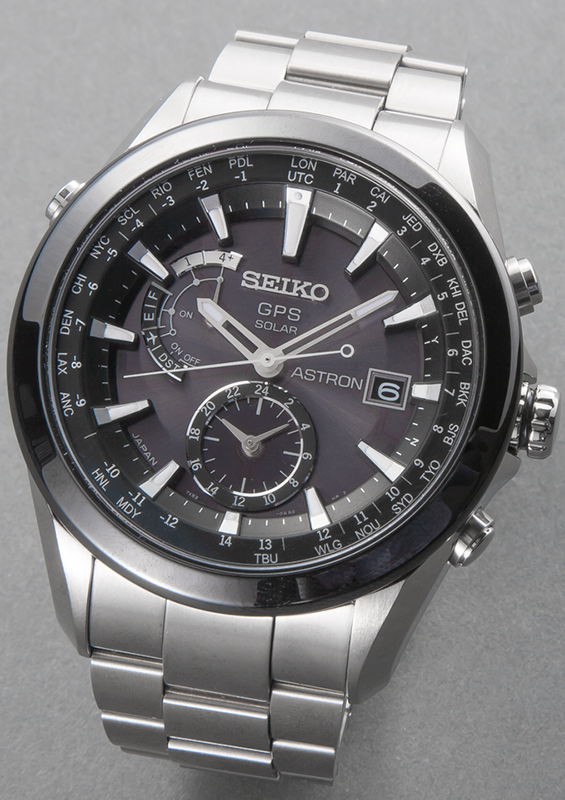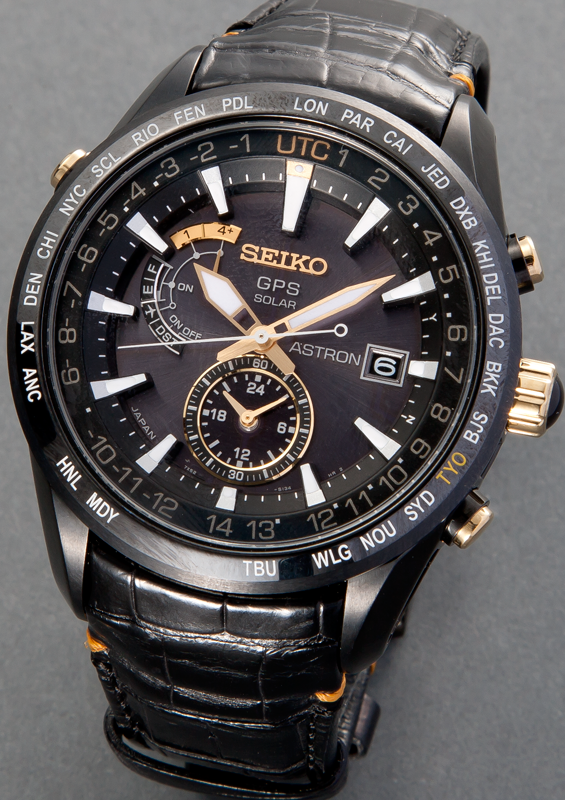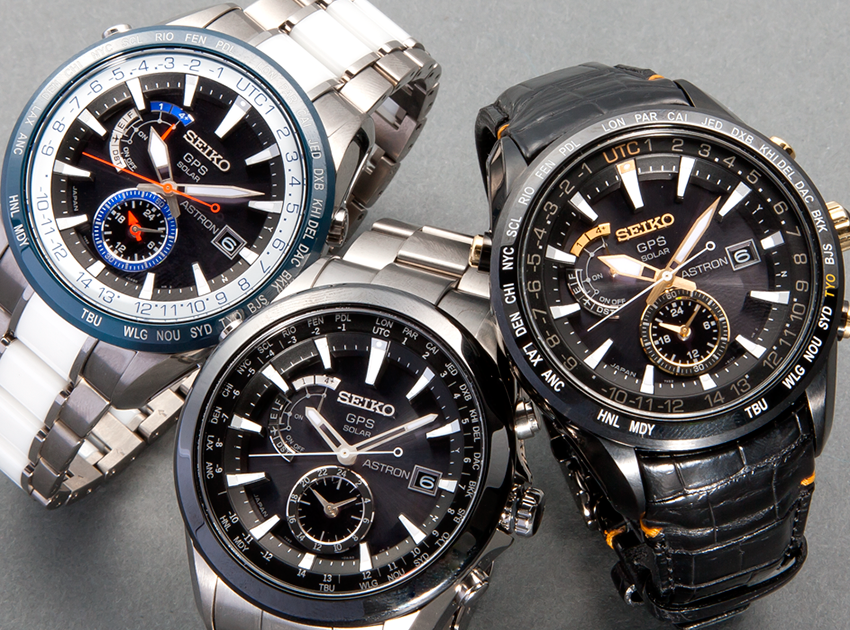The Seiko Museum
10.The Astron: Ahead of its Time and on Time Anywhere
It should be fairly clear to readers of this series that Seiko's founding philosophy of staying one step ahead of the rest has driven progress with all of its timepieces over the years. But if any product line perfectly fulfills this credo of excellence it is probably the Astron, Seiko's stellar performer.

Changing Everything Again
When it debuted in 1969, the Seiko Quartz Astron 35SQ changed horology by being the world's first quartz wristwatch and delivering a daily accuracy of 0.2 second, compared with a daily rate of 20 seconds for mechanical watches. What made the Astron so important was that it employed a low-energy integrated circuit and a stepping motor that drained little power. These Seiko-developed technologies became the de facto standard for quartz watches.
It was supremely auspicious that Seiko launched the Quartz Astron 35SQ watch in 1969, with Apollo 11 landing on the moon that year. A beautifully preserved example of this timepiece is one of the most popular exhibits at the Seiko Museum.
Fast forward to 2012, when Seiko launched the game-changing Seiko Astron GPS Solar, the world's first GPS solar watch. This quartz watch is also display at the museum, and has also found great favor among visitors. This timepiece incorporates a proprietary GPS receiver that recognizes all of the world's time zones and ensures accurate local time anywhere on this planet.
Of course, a watch with GPS credentials can sound intimidating, but as with so many Seiko products the Astron GPS Solar is first and foremost about making life easier for wearers. When entering a new time zone, just press a button and the watch does the adjustments. It also allows for manual adjustments in areas using Daylight Saving Time.
Of course, a watch with GPS credentials can sound intimidating, but as with so many Seiko products the Astron GPS Solar is first and foremost about making life easier for wearers. When entering a new time zone, just press a button and the watch does the adjustments. It also allows for manual adjustments in areas using Daylight Saving Time.
No other wristwatch can top the Astron GPS Solar's accuracy. The watch takes advantage of time signals it receives from Atomic Clocks in each GPS satellite to deliver a precision of one second every 100,000 years. The automatically corrected perpetual calendar will remain correct through February 29, 2100.

Incredible Energy Efficiency
Like its 1969 predecessor, the Astron GPS Solar is a marvel of energy conservation and other advanced technologies, which resulted in Seiko applying for almost 100 patents. The watch receives all the power it needs from light absorbed through the dial. That power can come from any light, not just from the sun, so there is never a need to change the battery. A power reserve indicator shows the amount of energy stored. And it is an incredibly power-efficient timepiece, employing proprietary technology that enables it to receive GPS signals from at least four satellites.
One might think that it would be impossible to enhance the energy efficiency of the Astron GPS Solar, but if there is even the tiniest improvement to be made, you can be sure that Seiko will seek a way to make it happen as it continues to explore the frontiers of quartz timekeeping with the Astron range for generations to come.

Next Up…
In the next installment of this series, we present the four favorite products of the Seiko Museum's director.